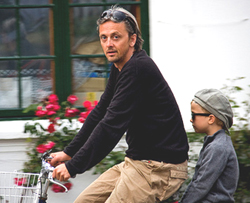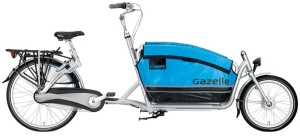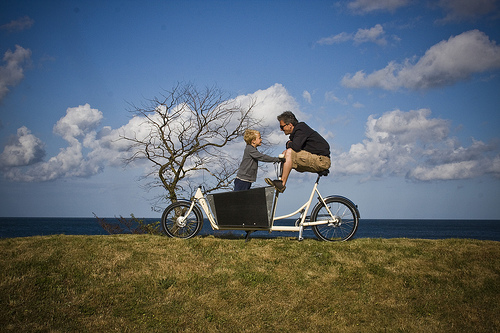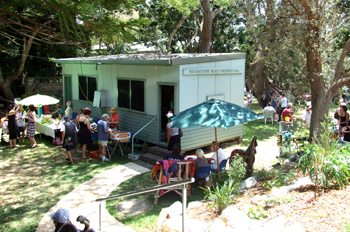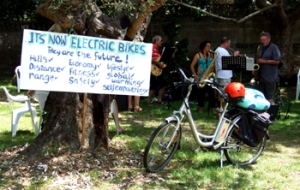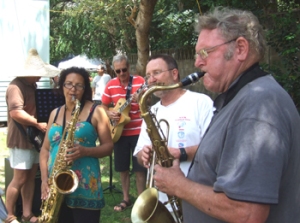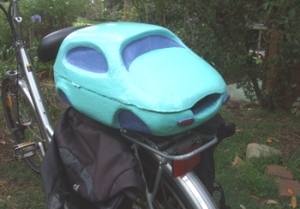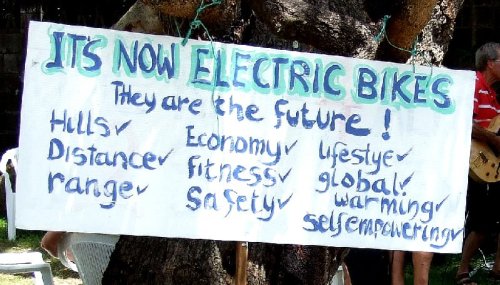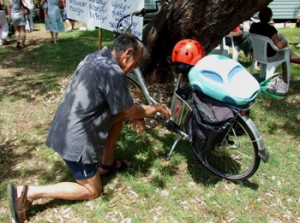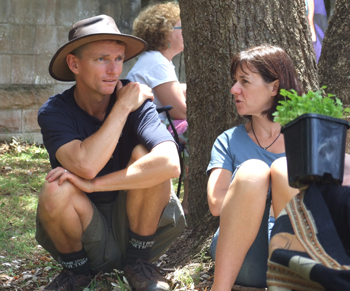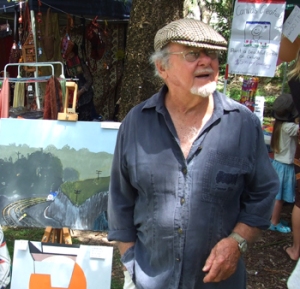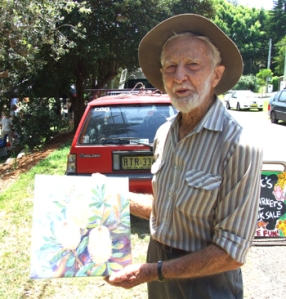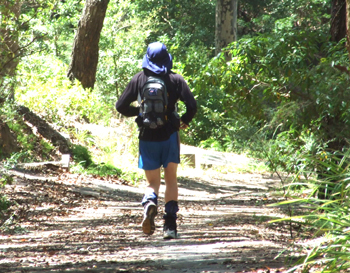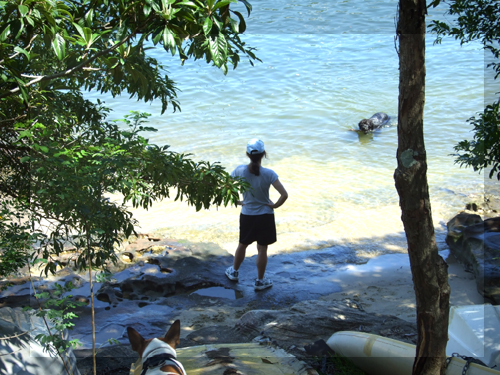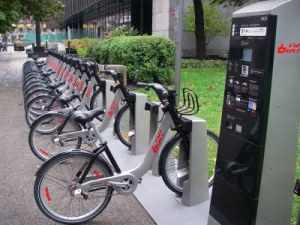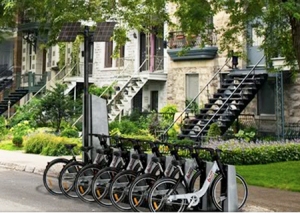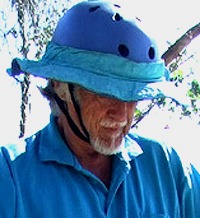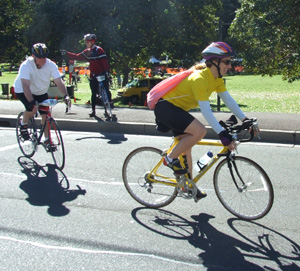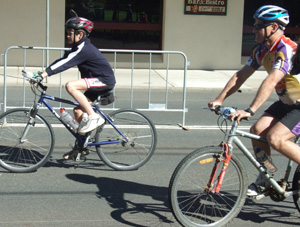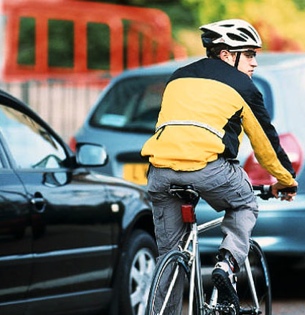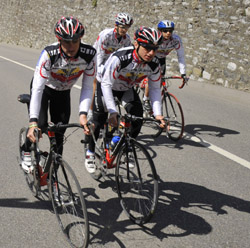All over the world, Bike share schemes are bursting out as many countries and cities jump on the bandwagon, all excited, amazed, by the 30,000 Velibs on the streets of Paris.
There were smaller bike-share programs before, many in France.
But it’s been the Velibs, paid for by providing bikes in exchange for city street advertising rights.
(You’ve seen those big photos on bus shelters for soft drinks etc? ) This barter scheme has led the way. And it was the clever French company, J.C. Decaux, which began the bushfire.
Here’s a line of Velibs, waiting to be rented.

From city to city in Europe, the bike- share machines come in a dizzying array of colors, but if you look closely, they all have one thing in common
Here’s a sample of the 6000 share bikes coming to London soon, to be dispensed from 400 docking stations.
You’ll swipe a card or use your mobile, and the bike is yours, usually free for the first half hour, and then a sliding scale upwards, after that.
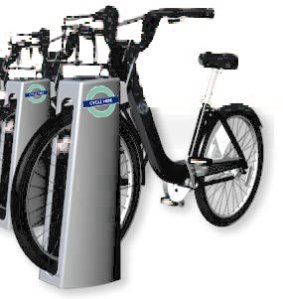
And here are samples of the 450 bikes, just arrived on the streets of Dublin.
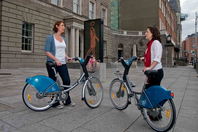
That’s a smallish number. How about 21, 000 share-bikes for Wuhan, China?

By now, you’ve certainly spotted this thing they have in common. For a last clue, check this bike from Avignon.

Yes, you got it! They are all unisex, sit-up straight bikes, as ridden by only …. 5% of Australian cyclists.
Yes, it’s not a posture we favor here.
What a shock it’s going to be to local riders, locked in what I call the beetle posture, to share the roads with tribes of up-straighters on share-bikes.
Just to remind you, here’s the preferred Aussie bike look.
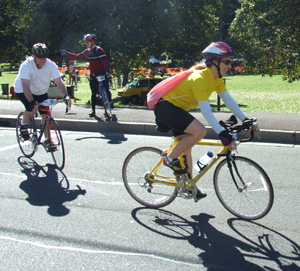
It may be uncomfortable, inconvenient for commuting over shortish distances, but never mind, it’s ours and it’s reputedly faster!

Am I making too big a deal of posture?
All I can say is, try a bike like any of those chosen for bike share programs, and you’ll feel the difference. It’ll be heavier and more sluggish but oh so comfortable
But, anyway, will we ever see Bike-Share on our streets? Very doubtful. It won’t be for lack of examples to emulate, but because we’re saddled with our very own catch 22.
The list of cities starting up. or already going with bike share, is staggering.
Even parts of Europe, not known for urban cycling, and which don’t have good bike-ways etc. like Spain, are going great guns.
Here’s a Barcelona rack

And here’s a charming lower end offering in little Girona.
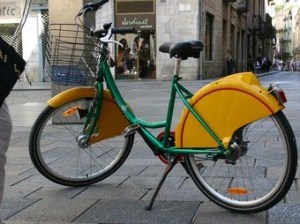
Why aren’t we getting into bike-share bigtime? Well, we are, apparently.
Brisbane City Council has signed a contract with J.C. Decaux, the same company which set up the Paris system, and is all set to bring the magic to Brissie, or are they?
And Melbourne is about to sign a contract for 600 bikes, spread around the CBD as well. Two companies vie the build the system, I’m told
So why am I skeptical? What’s the catch 22?
All those European cities, and the ones in the US which I’ve yet to mention, like Boston and Washington D.C, all have one huge advantage over us.
For some strange reason, they all agree that adults should be allowed to choose whether to wear helmets or not.
I know it sounds like madness to actually allow adults to make such a decision for themselves, when we know they’ll probably not wear the things if they do have a choice
Indeed, it’s quite shocking, when traveling in Europe, to see that most people don’t wear helmets, and seem to be blissfully unaware of the mortal danger they are in.

………….
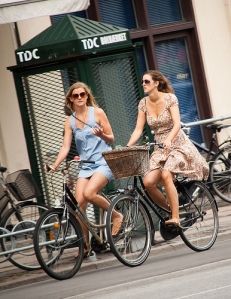
More shocking still, the authorities in these places, just don’t seem to care about the safety of their cycling public.
Well our Governments, and it was the Federal Government which bullied the States into adopting compulsory helmets in the early nineties, do seem to care.
I hope they still care enough to do a bit of cost/benefit analysis on the problem I’m raising, the catch 22.
Imagine this scenario. You are a tourist, just arrived in Melbourne from say, Germany.
You ride a bike at home in Frankfort, and feel that nothing would be nicer than exploring this fine city with it’s many wonderful bike-ways, it’s river rides, all on a local bike.
Ah, there they are, a docking station well stocked with, we’ll call them, Mixis.
So you swipe your card and a voice from the bike stand, welcomes you to Mixi’s Melbourne.
The voice next advises that you can’t ride the bike in hand without a helmet, and if you do so, you’ll be prosecuted.
Unfortunately, there’s no way to dispense a helmet to the customer along with the bike, the voice regrets.
Helmets have to be hand fitted, and must be sterile. You are instructed therefore to proceed to a nearby human staffed, helmetorium.
You are warned that you must of course push the bike to that helmetorium.
You’ll have a number of location choices, public libraries, council offices, and some bike shops. Whether you’ll rent the helmet or buy it, is till unclear.
If it’s a public holiday, and all of the above are closed, you will be able to return the bike without payment .
That is, as long as you’ve filled out an explanatory form, detailing your search, which you need to stuff into the slot provided.
If you do find a helmet, and if you don’t mind wearing it, given that you don’t wear one at home, the same steps must be repeated when returning the bike.
Am I alone in thinking that all of this is a problem? .
Of course if you are a local and a paid up member of the Mixi club, you will have been provided with your own specially emblazoned Mixi helmet, at a very reasonable cost.
So, as long as you carry it with you on all those occasions when you think you might need to Mixi, you’ll be fine.
Though one wonders, if you are prepared to carry a helmet with you so frequently, why you are not riding your own bike?
I mean, surely these schemes work best for casual impulse renters who will be helmet-less, tourists and some who missed a train,
Don’t get me wrong. I think bike-share is essential for Australia and will do much good.
Bike share will persuade people who would never ordinarily ride a bike as transport, that it’s possible, fun, and not as dangerous as they thought.
Bike share will also persuade both new riders and old, that the sit-up straight position is a great way to commute.
A test ride on a Mixi will convince almost anyone them that being upright is safer, that you see better and are seen better. Even that, up straight, you are less likely to get into road rage situations with drivers.
Why? because you are, frankly, less annoying to the traffic than the hunched over rider. This is helped by eye contact being easier to make.
You might even take to waving to passing traffic, as does our rebel, Sue Abbott, who you should look up if you have not already seen her movies on this blog. Yes, Sue waves a lot.
So for all those reasons, plus the fact that many such share-bikes in our cities would calm traffic, save on fuel, reduce greenhouse gasses, and cut our obesity levels, all of that, we must have them.
But how? Maybe I’m missing something. Maybe there is some magic way to have the rental bike and helmet dispensed together, because if they are not, it surely cant work.
I do think that Sue’s protest against helmets, whilst it has nothing to do with their being a spoiler for bike share, is very timely because it’s necessary that we have this debate.
Sue is consistent in her opposition, by the way. Here she is 22 years ago on a Canberra rental bike of the period.
And here she is, helmet-less today.
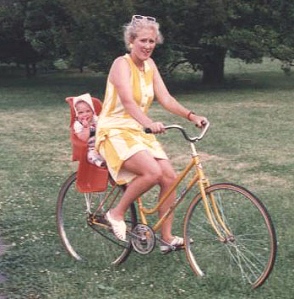
Sue today.

Why cant adults be trusted to make up their on minds on helmets? Is this not the Nanny state gone mad?
Why is it that I don’t have to wear water wings when I swim, and yet about 6 times as many people drown each year as are killed on bikes?
Rugby players seem to be in a continuous state of concussion and yet they don’t wear helmets.
Why is it that this particular activity, cycling, one which can really change our lives for the better, unclog our streets, bring down our epidemic levels of obesity , reduce our per capita carbon footprint (ours is the largest in the world. 20 tons for each of us) why is it singled out?
I’m not into conspiracy theories that much, but is this the car lobby in action? It is curious that cars get so much money, are constantly bailed out, whereas bikes and their needs are little funded
When the helmet law came in, the Government was in fact shoving the responsibility for safety on to the heads of cyclists, whereas true safety is under the wheels.
But that cost money and helmets don’t.not to the Govt. at least
You have to wonder, don’t you?
Here’s Barak Obama without a helmet.

Barak, can you have a talk with Kevin Rudd about this in Copenhagen so you can both agree in what to do?
The photos I’ve used have come from an excellent US blog, The Bike Share blog,.
Also lso from Copenhagenize.com, a Danish blog which has done more than any other to raise the helmet question.
I end by saying, I wear a helmet. I love my helmet, (mostly for sunshade reasons) but I want to have the choice to wear it or not.

